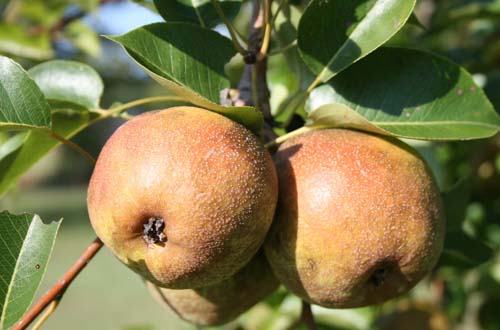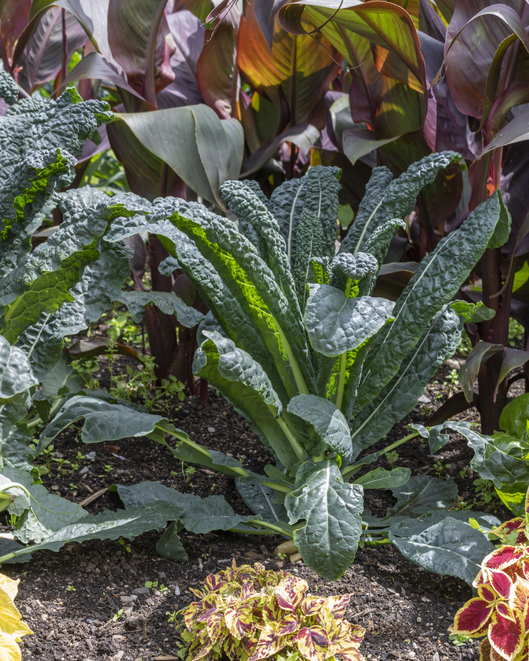Fire blight, a common plant disease that is persistent in the Southeast, makes growing edible pears in Georgia difficult.
Fire blight is caused by a bacterial plant disease that infects trees in early spring, when young tender leaves and flower blossoms begin to emerge. It is most common on pear trees, but can also affect certain types of apple trees and a few other types of plants.
Most pears produced in the U.S. are grown in Oregon and Washington, states where the disease does not become a problem.
Affects blooms and stems
Fire blight produces several different symptoms, depending on what plant parts are attacked and when. The first symptom, called blossom blight, appears shortly after the tree blooms. In the early stages of infection, blossoms appear water soaked and grayish-green but quickly turn brown or black. Typically the entire cluster becomes blighted and is killed.
The most obvious symptom of the disease is the shoot blight phase. This first appears one to several weeks after flower petals fall from the tree. The leaves and stems on young, succulent shoot tips turn brown or black and bend over into a characteristic shape similar to the top of a shepherd's crook or candy cane.
Under favorable conditions, shoot blight infections multiply and continue to expand down the stems, causing the tree to appear scorched by fire. Shoot blight infections can expand beyond the current season's growth. This causes dark, sunken cankers to form on the older, supporting wood.
Plant susceptible cultivars
The most effective horticultural practice for minimizing fire blight outbreaks is to avoid planting highly susceptible cultivars. Unfortunately, most popular pear cultivars are highly susceptible to fire blight.
If you plan to add pear trees to your home landscape, do your homework and buy the best variety for Georgia’s climate.
If your trees are already blighted, the only option for limiting the spread of the disease is to prune out the affected branches as soon as they appear. Pruning cuts should be made at least 8 to 12 inches below any symptoms of visible infection to ensure complete removal of diseased tissue.
Sterilize pruning-shear blades with alcohol or household bleach between each cut to reduce potential spreading of the disease.
Applications of a copper-containing fungicide/bactericide at or shortly after bud break in early spring will further reduce the number of new fire blight bacteria produced from overwintering cankers. Unfortunately, this will not completely eliminate the problem. Also, it is usually not practical for home gardeners to spray larger trees and be able to get good coverage.
For more information on fire blight disease and growing pears in Georgia, visit the UGA Cooperative Extension publication website at .








